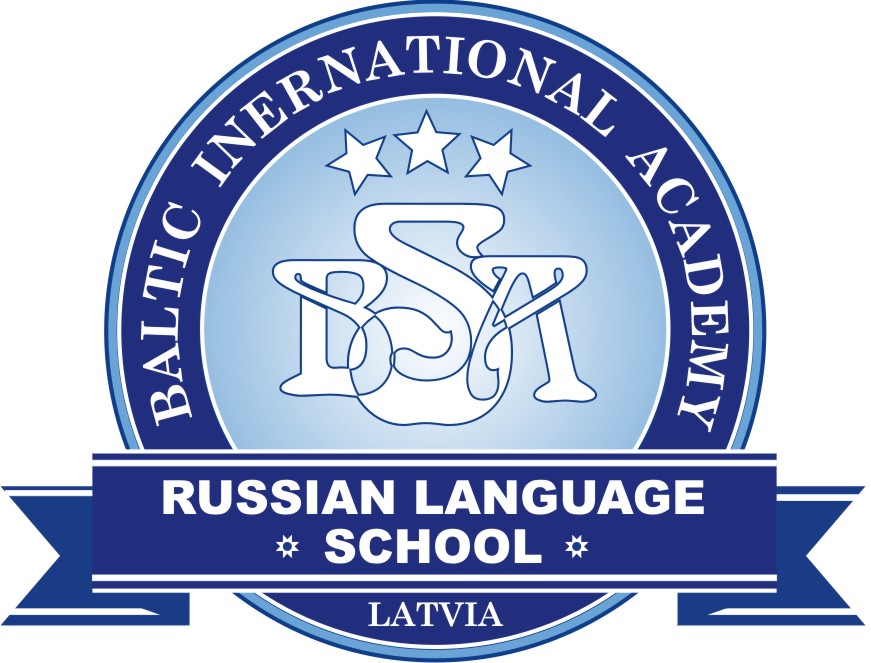Baltic States – CIS, Estonia, Legislation, Technology
International Internet Magazine. Baltic States news & analytics
Wednesday, 16.07.2025, 09:05
The Financial Times: Kremlin-backed group behind Estonia cyber blitz
 Print version
Print version |
|---|
It is believed to have been the first attack of its kind, directed against virtually the entire informational infra-structure of a Nato country. Estonian officials said the attacks originated in Russia. They began after April 27, when Estonia removed a second world war Soviet memorial from its capital, Tallinn, provoking a storm of protest from Moscow. They continued to mid May.
Russia has consistently denied any involvement. Yesterday, however, Konstantin Goloskokov, a "commissar" in the youth group Nashe, which works for the Kremlin, told the Financial Times that he and some associates had launched the attack, which appears to be the first time anyone has claimed responsibility, writes The Financial Times/LETA.
"I wouldn't have called it a cyber attack; it was cyber defence," he said.
"We taught the Estonian regime the lesson that if they act illegally, we will respond in an adequate way."
The attack, according to computer experts, was a distributed denial-of-service, or DDoS, attack, which is when hundreds or thousands of "zombie" computers are enlisted to overwhelm the target network.
We were attacked by 178 countries," quipped Katrin Pargmae, a spokeswoman for the Estonian Informatics Centre, which administer's the state's information systems, including the internet.
Internet security experts said that the attacks on Estonia were actually tiny compared with the largest recorded attacks.
Jose Nazario of Arbor Networks, an internet security company, is an expert on the Estonian attacks and said they measured about 100MB per second of traffic, compared with the largest recorded attacks of 40GB per second.
He said that generating such an attack was quite simple, requiring "just a lot of people getting together and running the same tools on their home computers".
Mr Goloskokov said: "We did not do anything illegal. We just visited the various internet sites, over and over, and they stopped working. We didn't block them: they were blocked by themselves because of their own technical limitations in handling the traffic they encountered."
He denied that he and his associates were acting on the orders of the Russian government. "We did everything based on our own initiative," he said.
Nashe is a privately financed youth movement and the brainchild of the Kremlin's chief ideologist Vladislav Surkov.
Sergei Markov, a parliamentarian and Mr Goloskokov's boss, volunteered the information that one of his assistants had planned and implemented the attack at a conference earlier this month.
"As far as I know this is the first time anyone has claimed responsibility," said Ms Pargmae, who added that the matter was being handled by the Estonian police. Mr Nazario said that Nato had created a cyber defence centre in Estonia last year.








 «The Baltic Course» Is Sold and Stays in Business!
«The Baltic Course» Is Sold and Stays in Business!

